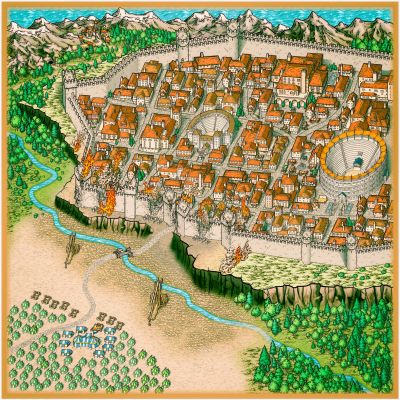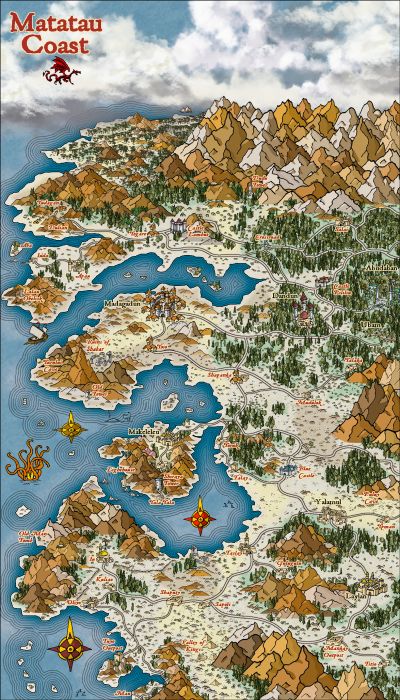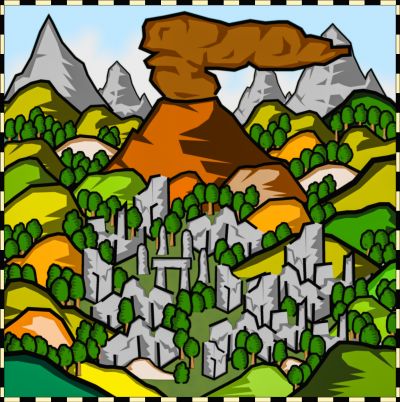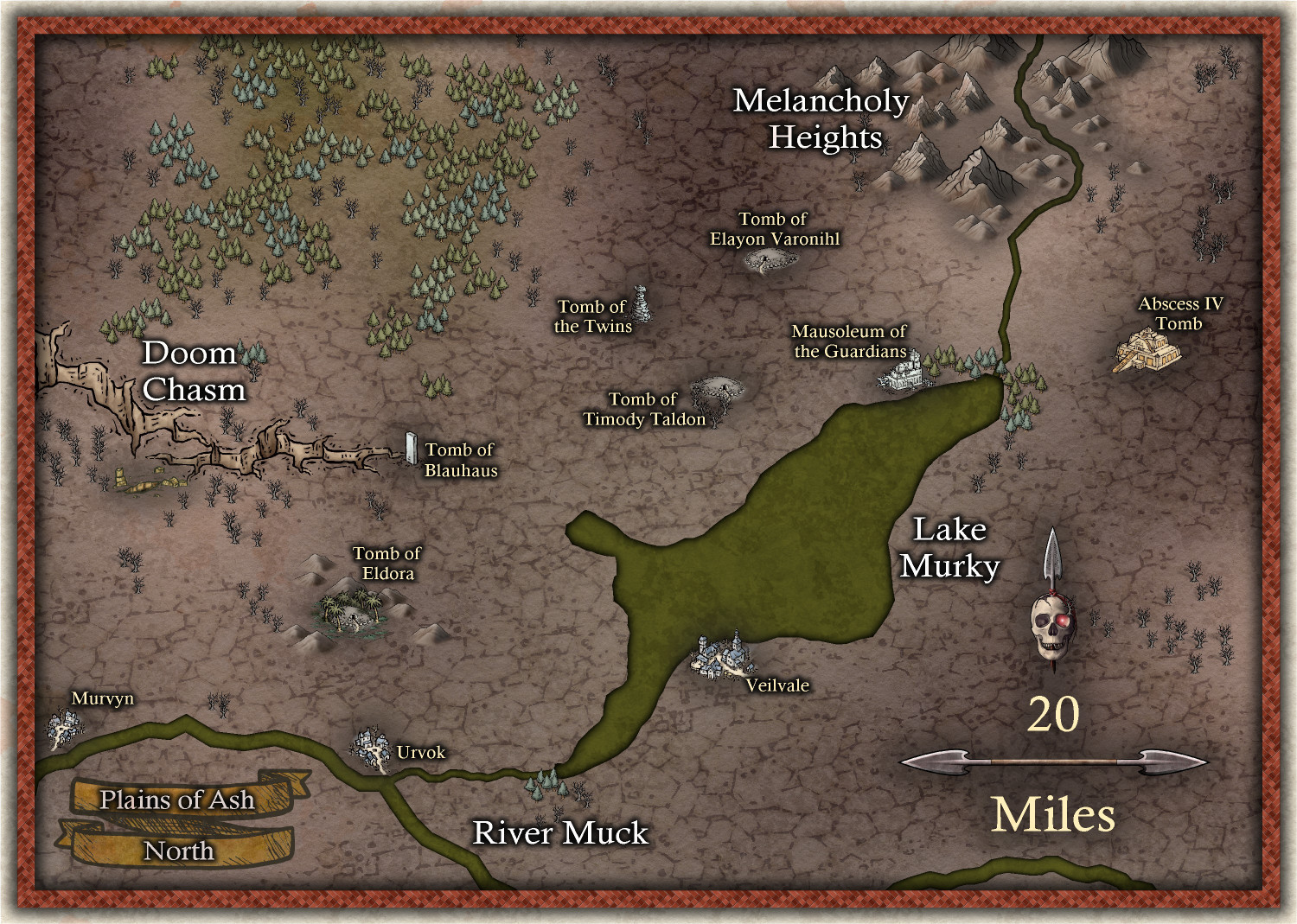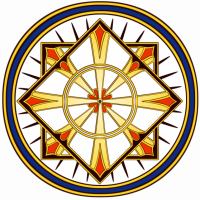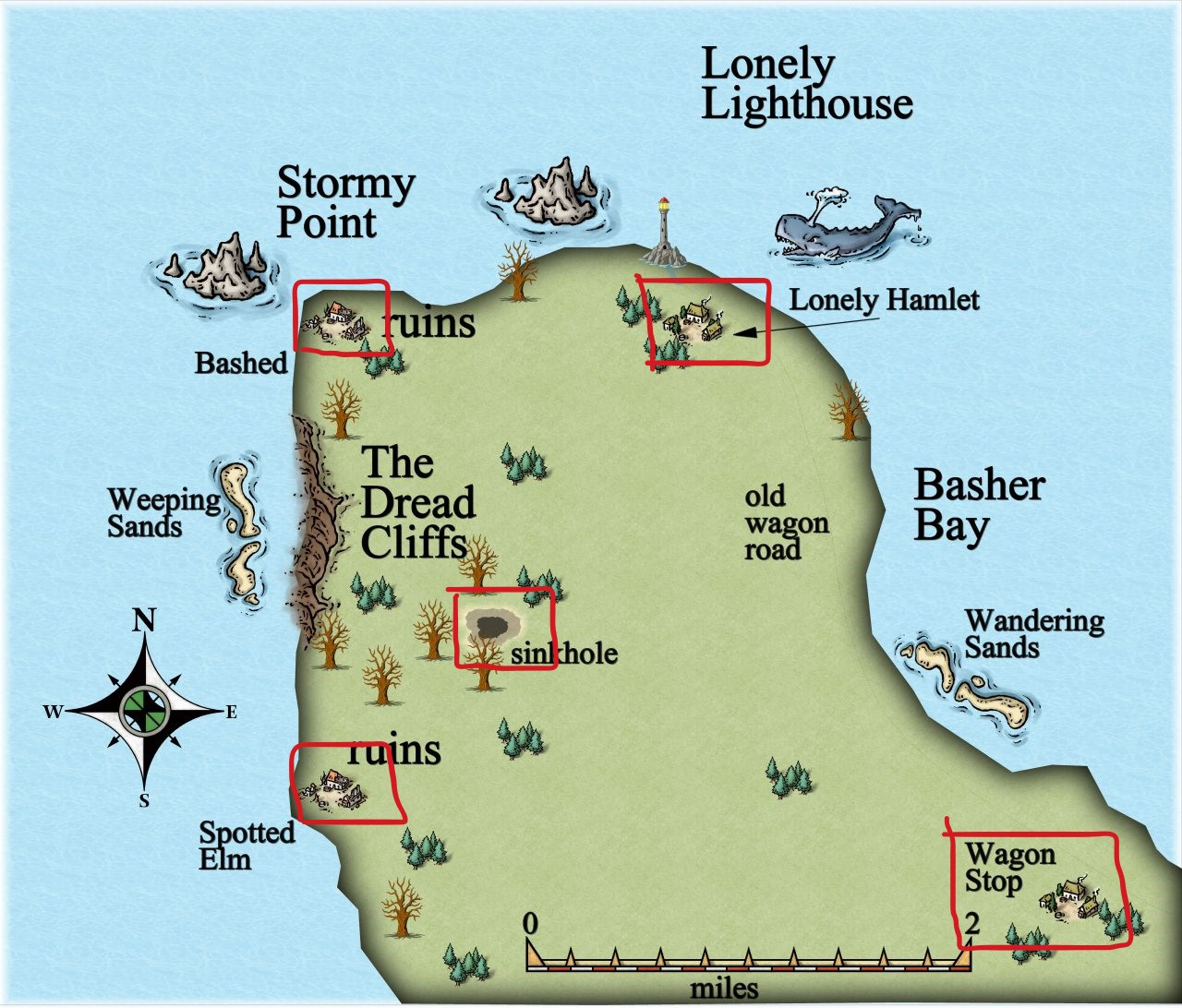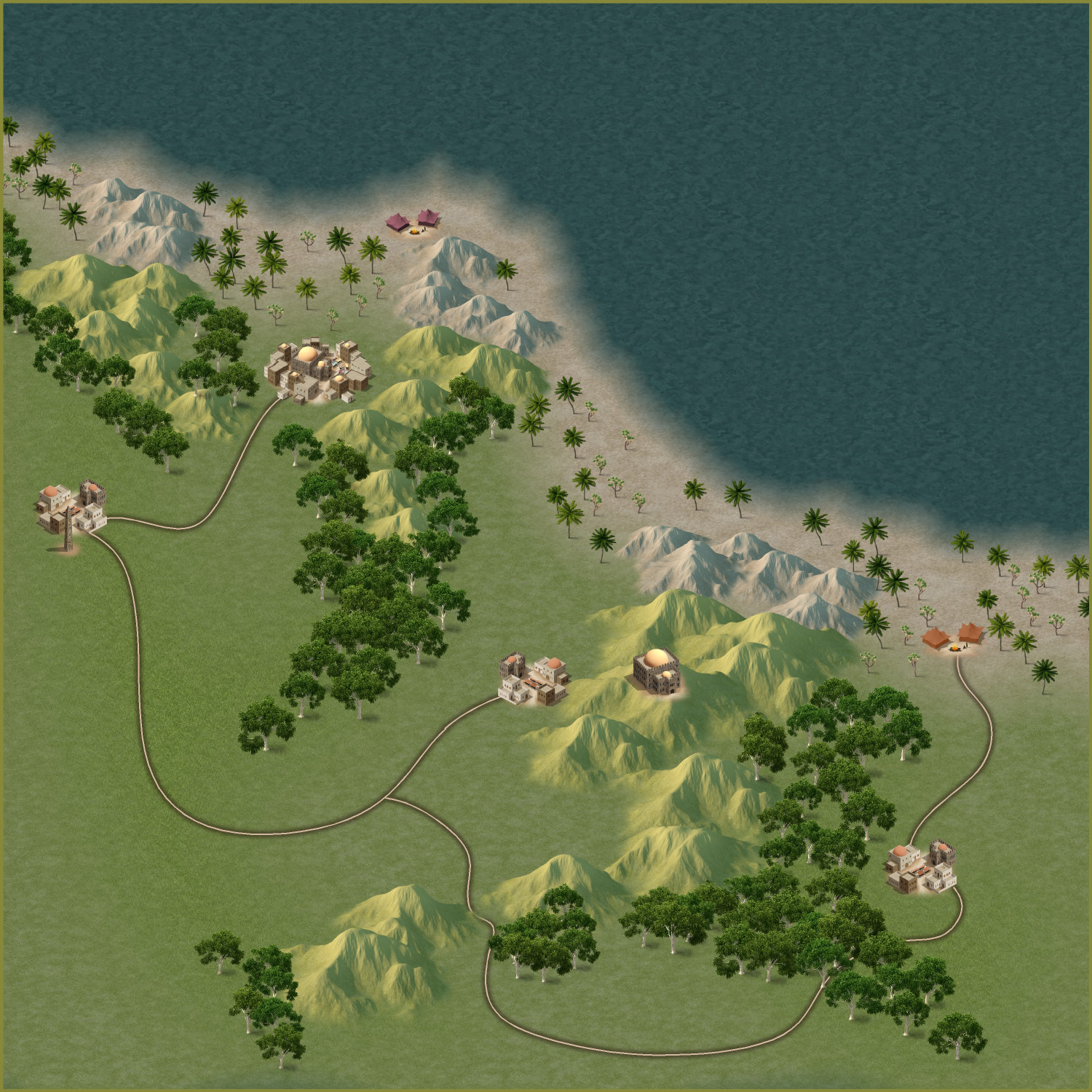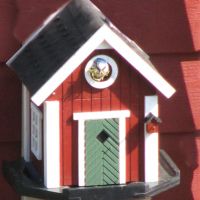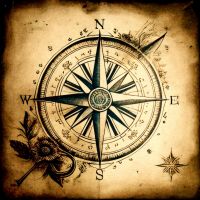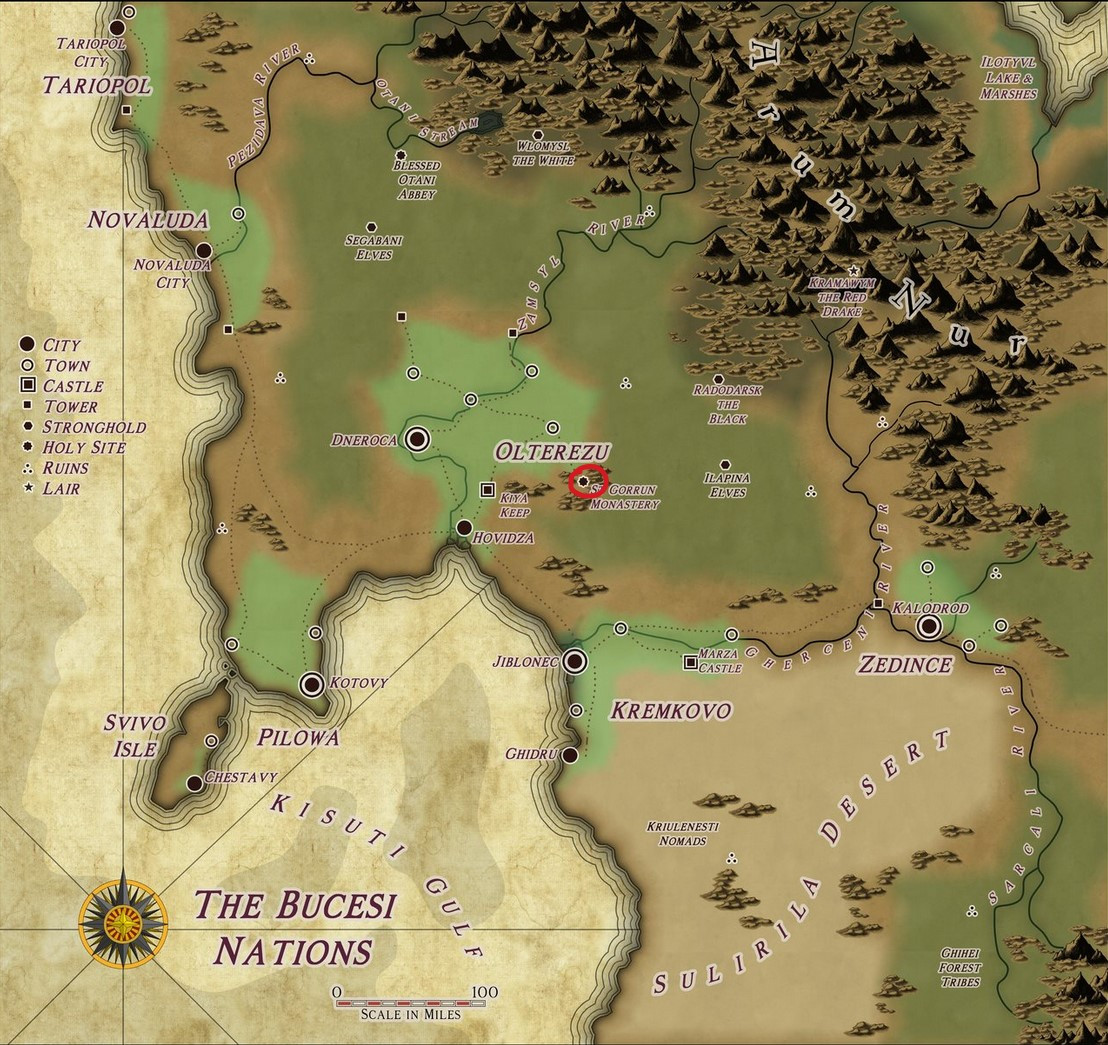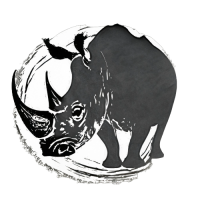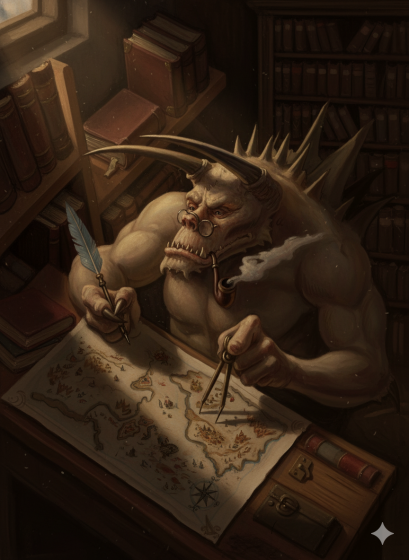
Ricko
Ricko
About
- Username
- Ricko
- Joined
- Visits
- 6,688
- Last Active
- Roles
- Member
- Points
- 10,516
- Birthday
- February 7, 1977
- Location
- merlo san luis argentina
- Rank
- Mapmaker
- Badges
- 22
Reactions
-
Community Atlas - Tombs - Fonlorn Archipelago - Bleakness - Plains of Ash
-
Community Atlas - Tombs - Fonlorn Archipelago - Bleakness - Plains of Ash
Plains of Ash - North
The winds that sweep across the Plains of Ash carry with them the unbreathable dust of volcanic eruptions, sometimes bringing with them the voices of the ancient dead - whispering tales of forgotten times. Once known as the Plains of Dawn, these lands were a verdant paradise, where rivers danced silver in the sunlight and forests rose in reverence to the heavens. The great Murky Lake reflected the vastness of the sky, its crystalline mirror nourishing life in all directions.
These were times of glory and life. The tribes that inhabited these lands saw them as a gift from the gods. It was sacred ground, where only the noblest sorcerers and warriors deserved to rest in their tombs. The ancients said that the spirits of these honored dead rose on nights of the full moon, watching over the crops, spreading their strength across the fertile soil. The power of the past flowed like invisible blood through the roots of the trees and through the golden grains of the fields.
But the old gods are capricious and merciless.
The Great Hecatomb came, and the earth roared like a caged beast, the mountains convulsed, spewing fire and destruction in every direction. Columns of black smoke rose like pillars from the underworld itself, and a storm of ash fell upon the earth, suffocating all life. Lake Murky bubbled in its own death, its waters poisoned by sulfur. The rivers became putrid veins, winding through the barren land, dooming any form of existence that dared venture there.
Now, the Plains of Ash are a wasteland of desolation. The ground is hard as iron, cracked and barren. Charred trees rise like twisted specters. The sky, often veiled in sulfuric mists, refuses to shine over this cursed place. The few who dare to cross this land swear they hear voices carried on the wind—murmurs of the ancient warriors and sorcerers who rest there, perhaps furious that their rest has been disturbed, perhaps still watching over something deep beneath the scorched earth.
Are their tombs strong enough to withstand the eruption? Do the spirits of old still lie sealed beneath the ashes, or have they awakened as dark guardians of a forgotten realm?
-
CC4 Overland Development Thread
-
Community Atlas: Lonely lighthouse environs - fisher island - fonlorn arquipelago
Walking through the place where Masters @Quenten and Jimp once walked, I came across this tiny piece of land.
I would like to ask @Monsen to please set aside this area for me, this little zone of Fonlorn Archipelago - Fisher Island - Stormy Point and I will map out some places to bring more life to the region.
I try to replicate the original style of Stormy Point, while adding something of my own.
Sinkhole will be my starting point.
Cheers
-
Have any of you ever printed your maps?
Not so much @Loopysue , an A1 size plastic plotter here in Argentina, where prices are crazy out of control, costs less than 8 uss.
-
Working on Atlas maps....
-
Issue with beach on Spectrum Overland
And... another possibility is to use two Lands sheets - both with inner edge fade and the lighter one - beach if placed below another more yellowish, greenish, rocky, etc. When you open this file you will see in the sheets a new sheet called Land Beach -------.
-
Hand-drawn Fantasy
-
Community Atlas - Berenur - Buchesi Nations - St. Corrun Monastery
I was looking for the location of a mountain range to make an monastery, I wanted a place that was neither too lush with nature, nor too arid. Wandering around the map I found this location on Master @Quenten map.
So I'm invading and usurping - once again - one of your maps <3
-
CC4 Overland Development Thread


